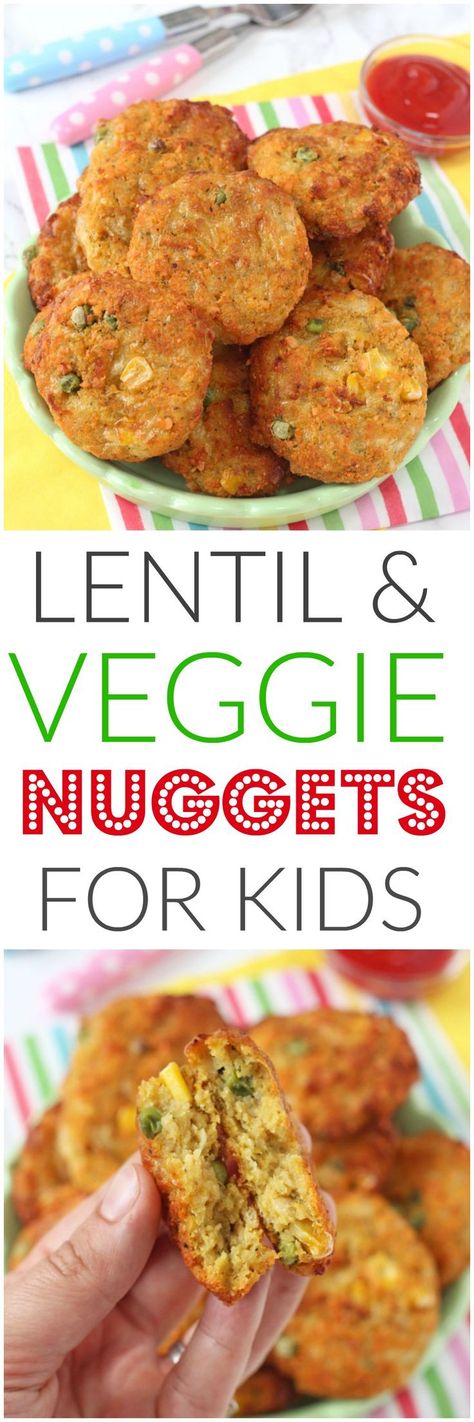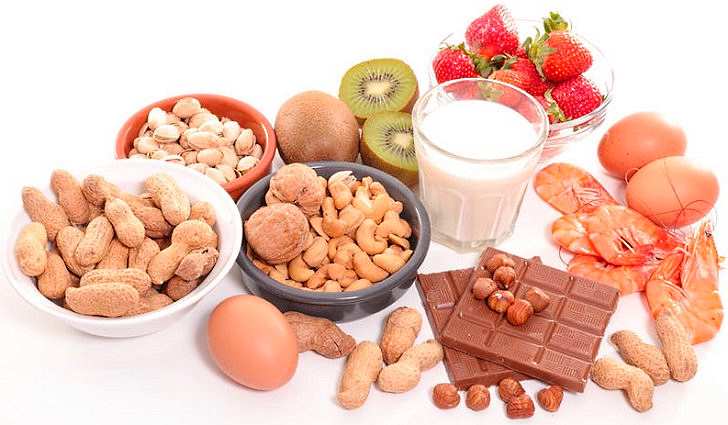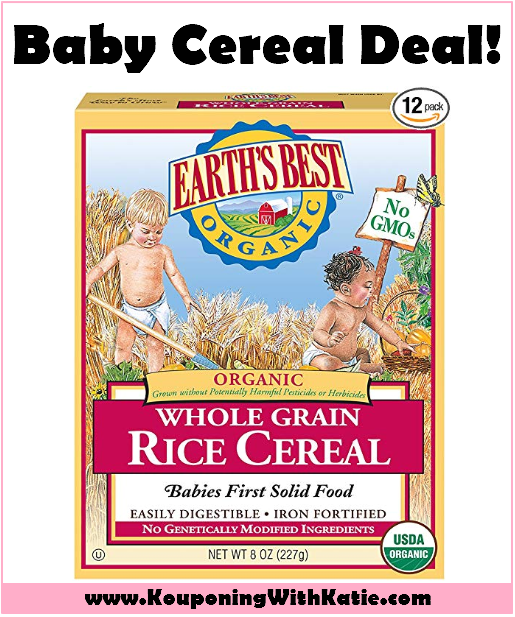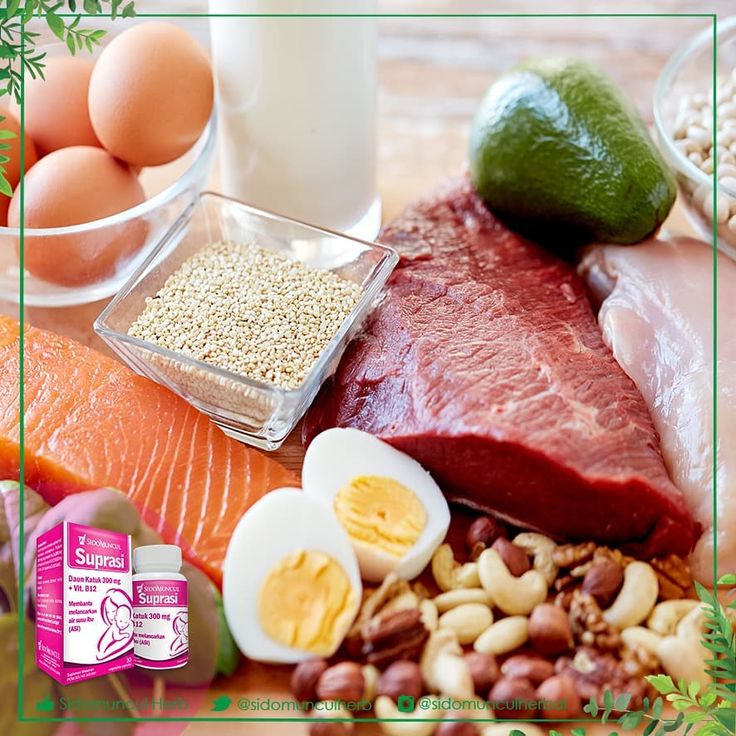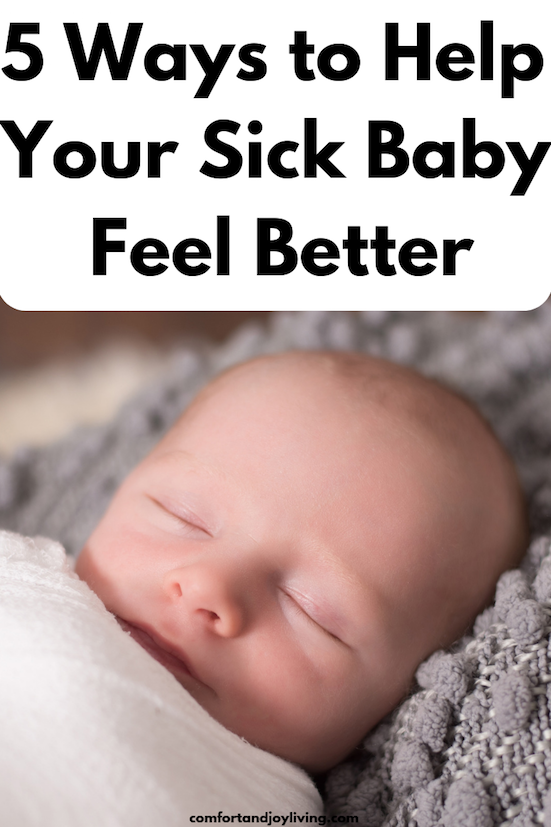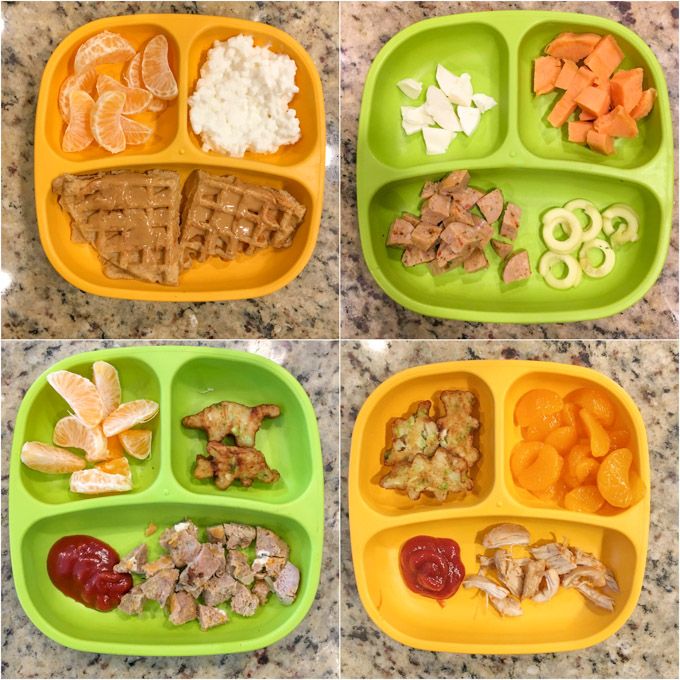Veggie finger foods for babies
Best Early Finger Foods for Baby (With Tips, Visuals, and Recipes)
Use this list of safe, nutritious, and easy to eat finger foods for baby to help you know exactly what (and how) to offer at meals and snacks. Plus, find the best first finger foods, troubleshooting tips, and visuals of foods broken down by food group to keep things easy!
Finger Foods for Baby
After baby starts solids and is ready to move onto finger foods, you may feel a little confused by exactly what to serve and how to serve it. Which is totally normal because it can be scary to let baby feed themselves this way and we may not have any experience doing this—or we may have totally forgotten from our last kiddo!
This list of finger foods for baby will cover some great first finger foods to start with, then set you up with plenty of healthy options from each food group.
TIP: Find more info on starting solids here and the best foods to start with if doing baby led weaning or purees with baby.
Healthy Baby Food
I love sharing these ideas for baby food since they are easy to prepare and serve and because I know how hard it can be to continue to come up with flavorful and healthy meals and snacks for our little ones. Let me tell you, I’m on my third kiddo and it can be such a challenge to feed him during the chaos of parenting the rest of my crew! These foods are wholesome and nutritious—perfect for your baby.
TIP: I’m a big fan of SpoonfulONE, a company that offers the most complete way to introduce food allergens to our kids. They make mix-ins, puffs, and crackers that are yummy and easy for babies and toddlers to eat. Learn more about their pediatrician-approved baby foods here. (sponsored link)
Best First Finger Foods
When baby is around 9 months, you’ll notice that they’re able to pick up smaller pieces of food with two fingers. This is known as the “pincer grasp” and is a sign that they’re ready to start finger foods. To be clear, when I say “finger foods” I mean small pieces of food that a baby (or toddler) can feed themselves.
To be clear, when I say “finger foods” I mean small pieces of food that a baby (or toddler) can feed themselves.
Here are some of my favorite ones to start with that are all super soft, safe to eat, and easy to pick up.
- Scrambled egg, broken up into small pieces
- Roasted sweet potato mashed and broken up into small pieces
- Fresh raspberries, broken up into smaller pieces
- Oatmeal, cooked according to package directions and allowed to cool
- Tofu, diced and sauteed lightly or steamed
- Ground beef, chicken, or turkey, broken up into small pieces or lightly mashed meatballs
- Shredded cheese or crumbled goat cheese
- Mashed sweet potato, in little pieces
- Peanut butter puffs
TIP: You can serve the tofu, ground meat, or meatballs in veggie puree from a pouch or a simple marinara sauce for extra moisture and flavor. Learn more about how and why to introduce peanut butter.
Finger Foods for Baby: Fruits and Veggies
Some of my favorite early fruits and veggies to serve babies are:
- Mashed roasted sweet potato, broken up into small pieces
- Warmed frozen peas, slightly mashed if desired
- Roasted Zucchini
- Diced Roasted Sweet Potato or Butternut Squash
- Fresh blueberries, cut in half or quarters
- Fresh raspberries, broken into small pieces
- Banana, broken into small segments (they are less slippery this way versus slicing them)
- Avocado, diced and mashed slightly (be sure it’s ripe and very soft)
TIP: A good rule of thumb is to serve pieces of food that are about the size of a pea to start and soft enough that they are easy to squish between your fingers.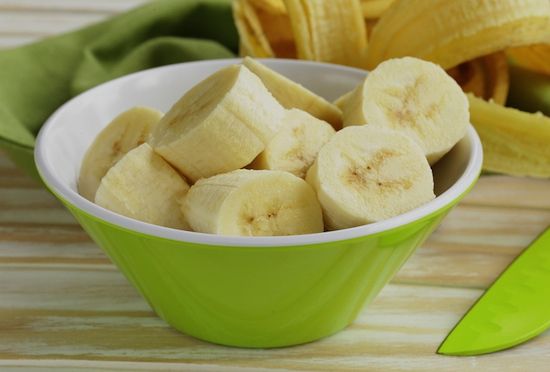 This will be easy for baby to pick up and eat and will also reduce chances of choking.
This will be easy for baby to pick up and eat and will also reduce chances of choking.
Finger Food Ideas: Carbohydrates
Offering complex carbohydrates can provide fiber, a variety of textures, B vitamins, and more. Try these with your baby.
- Spinach pancakes (moisten with applesauce or plain yogurt if needed; this recipe is particularly moist and great for babies)
- Oatmeal, cooked according to package directions and allowed to cool
- Baby Puffs
- Peanut Butter Puffs
- Rice (it’s easiest if it’s in little clumps so baby can pick it up; this Coconut Rice or this Cheesy Rice are both good options)
- Baby Banana Muffin
- O cereal (soften in nondairy unsweetened milk or yogurt as needed)
- Baked Oatmeal, diced
Finger Food Ideas: Proteins
Offering proteins will continue to expose baby to a range of nutrients. These are my go-tos for babies newer to finger foods—and toddlers too.
- Shredded cheese (thicker cuts are a little easier to pick up)
- Tofu, diced and sauteed lightly or steamed
- Flaked cooked wild salmon
- Lightly mashed meatballs
- Shredded chicken, cut up finely (we love this Butter Chicken to share with baby)
- Ground beef, turkey, or chicken, broken into smaller pieces
- Lightly mashed beans
- Scrambled eggs, broken up into small pieces
- Diced egg muffins
I’d love to hear any questions you may have, or if you have foods that your babies enjoy that I didn’t include here.
 Chime in below in the comments!
Chime in below in the comments!Prep Time 5 minutes
Cook Time 5 minutes
Total Time 10 minutes
Author Amy Palanjian
Cuisine American
Course Baby Food
Calories 124kcal
Servings 1
First Finger Foods (choose 1-3 per meal)
- ▢ 1 Scrambled egg (broken up into small pieces)
- ▢ 1/4 cup Roasted sweet potato, mashed and broken up into small pieces
- ▢ 1/4 cup Fresh raspberries (broken up into smaller pieces)
- ▢ 1/4 cup Oatmeal (cooked according to package directions and allowed to cool)
- ▢ 2 tbsp Tofu (diced and sauteed lightly or steamed)
- ▢ 2 tbsp ground beef, chicken, or turkey, broken up into small pieces or lightly mashed meatballs
- ▢ 2 tbsp shredded cheese or crumbled goat cheese
- ▢ 1/4 cup Mashed sweet potato (broken into little pieces)
- ▢ 1/4 cup Peanut butter puffs
Fruits and Veggies
- ▢ 1/4 cup mashed roasted sweet potato (broken up into small pieces)
- ▢ 1/4 cup warmed frozen peas
- ▢ 1/4 cup Roasted Zucchini
- ▢ 1/4 cup diced Roasted Sweet Potato or Butternut Squash
- ▢ 1/4 cup blueberries (cut in half or quarters)
- ▢ 1/4 cup raspberries (broken into small pieces)
- ▢ 1/4 cup banana slices (broken into small segments—they are less slippery this way versus slicing them)
- ▢ 2 tbsp avocado (diced and mashed slightly—be sure it's ripe and very soft)
Whole Grains and Carbohydrates
- ▢ 1 Spinach pancakes (moisten with applesauce or plain yogurt if needed; this recipe is particularly moist and great for babies)
- ▢ 1/4 cup Oatmeal (cooked according to package directions and allowed to cool)
- ▢ 1/4 cup Baby Puffs
- ▢ 1/4 cup Peanut Butter Puffs
- ▢ 1/4 cup fully cooked rice (it's easiest if it's in little clumps so baby can pick it up; this Coconut Rice or this Cheesy Rice are both good options)
- ▢ 1 Baby Banana Muffin
- ▢ 1/4 cup O cereal (soften in nondairy unsweetened milk or yogurt as needed)
- ▢ 1/4 cup Baked Oatmeal (diced or regular oatmeal broken into little pieces)
Dairy
- ▢ 2 tbsp Shredded cheese (such as mozzarella)
- ▢ 2 tbsp Tofu (diced and sauteed lightly or steamed)
- ▢ 2 tbsp flaked cooked wild salmon
- ▢ 1 lightly mashed meatballs
- ▢ 2 tbsp finely shredded chicken (we love this Butter Chicken to share with baby)
- ▢ 2 tbsp ground beef, turkey, or chicken (broken into smaller pieces)
- ▢ 2 tbsp lightly mashed beans
- ▢ 1 Scrambled egg (broken up into small pieces)
- ▢ 1 Diced Egg muffins
For each meal or snack, choose 2-3 foods from a mix of food groups.
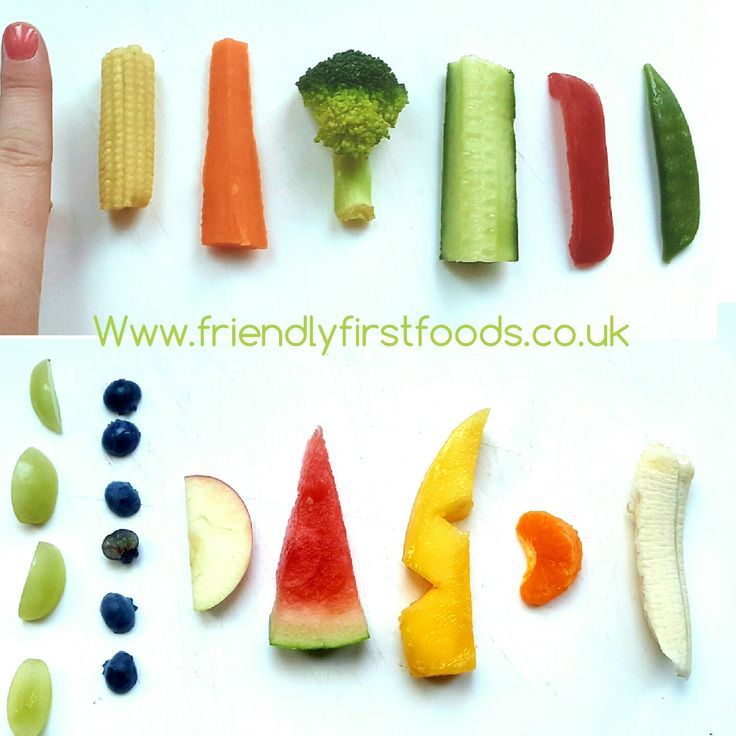 Aim to include some fat in most meals and protein in many too.
Aim to include some fat in most meals and protein in many too.Prepare the food, cutting into small pieces and/or mashing as needed to make the food easy to eat.
Start with small portions and allow more as baby indicates according to their hunger.
- Store leftovers in an airtight container for 3-5 days in the fridge.
- Many foods you cook for your family will work as baby finger foods—just be sure they are easy to squish between your fingers and the pieces are small and easy to chew.
- Babies very normally make a lot of faces when they eat, so don't assume they don't like something just because they scrunch their nose!
- Flavors and textures can take time to learn to eat, so continue offering foods in small portions even if baby hasn't liked them in the past—and make sure they taste good to you!
Calories: 124kcal, Carbohydrates: 14g, Protein: 7g, Fat: 4g, Saturated Fat: 1g, Polyunsaturated Fat: 1g, Monounsaturated Fat: 2g, Trans Fat: 1g, Cholesterol: 164mg, Sodium: 81mg, Potassium: 344mg, Fiber: 4g, Sugar: 5g, Vitamin A: 9857IU, Vitamin C: 18mg, Calcium: 51mg, Iron: 1mg
Tried this recipe?Rate in the comments and tag @yummytoddlerfood on IG!
Easy, Healthy, Perfect for Kids and Babies!
These sweet Banana Spinach Pancakes are a favorite when you’re looking to boost nutrition in a favorite breakfast option. Or to have a little fun at the breakfast table by serving up a colorful meal.
Or to have a little fun at the breakfast table by serving up a colorful meal.
Spinach Pancakes
I never thought that my older daughter would be such a fan of green pancakes, but just when you think you know your kiddo, they go and surprise you! It turns out that she’ll eat pretty much anything in pancake form. This (and Spinach Pesto and my Spinach Muffins) are by far her preferred ways to get her greens.
I love how these are both easy to make and they’re so easy for the kids to enjoy.
The beauty of this kids pancake recipe is that it comes together in the blender so you don’t have to dirty a sink full of dishes to make it happen.
And it includes two bananas and small pile of spinach, so everyone will get a nice amount of vitamins and minerals to start the day.
TIP: The flavor is sweet, so despite the color, they taste like healthy banana pancakes.
Ingredients You Need
To make this simple pancake recipe you’ll need:
- Very ripe bananas: Those with brown spots will have the best flavor
- Eggs
- Buckwheat flour or whole wheat flour
- Milk: Dairy or nondairy
- Baby spinach: You can use fresh spinach or spinach that you’ve frozen
- Ground flaxseed
- Baking powder
- Cinnamon
- Vanilla extract,
- Oil or butter for cooking
Ingredient Substitutions
Both whole wheat and buckwheat flour work well in this recipe, though the pancakes cook through more easily with buckwheat. Look for it in the natural flours section of your supermarket. It’s widely available and very nutritious. For tips on using whole wheat flour, see the Notes section at the bottom of the recipe as you’ll want to reduce the milk amount slightly.
Look for it in the natural flours section of your supermarket. It’s widely available and very nutritious. For tips on using whole wheat flour, see the Notes section at the bottom of the recipe as you’ll want to reduce the milk amount slightly.
Use an egg replacer like the one from Bob’s Red Mill to make these egg-free.
Use buckwheat flour to make these gluten-free.
Use nondairy milk to make these without dairy.
Step-by-Step Instructions
Here’s a look at how to make these healthy pancakes. Scroll down to the bottom of this post for the full information.
- Add all ingredients to a blender except the flour.
- Blend, starting on low and working up to high. You want the spinach to be very well incorporated.
- Stir or pulse in the flour. Avoid over-blending but do make sure to get all of the flour blended in.
- Cook as you would any other pancakes and serve warm.
TIP: I like to cook these in a nonstick skillet or griddle since they are easiest to flip.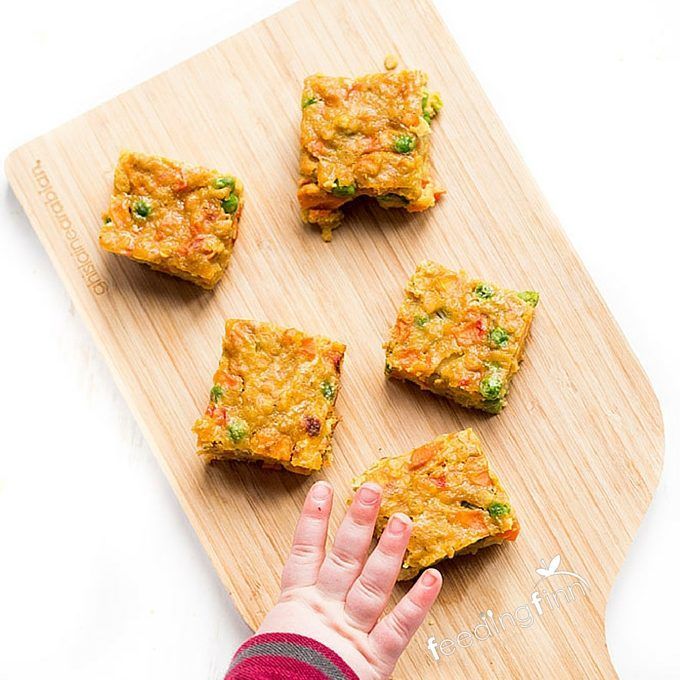 Cast iron also works if well greased.
Cast iron also works if well greased.
Gluten-Free Spinach Pancakes
Yes! Buckwheat flour is naturally gluten-free and it works well in this recipe.
Dairy-Free Spinach Pancakes
To make these dairy-free, simply use nondairy plain unsweetened milk instead of dairy milk and cook with neutral oil.
Easy Baby Pancakes
Due to the very soft texture of these pancakes, they tend to be much easier for babies to eat than traditional ones. And since they are packed with nutrients, this is a favorite pancake recipe to make for baby led weaning and once a baby is starting to eat finger foods.
TIP: Find my favorite early finger foods for babies here.
Serving Suggestions
Maple syrup and butter of course, or nut butter, yogurt, applesauce, chopped fruit, or jam are all good options. When my middle kiddo was a baby, she ate them plain!
TIP: We like to have ours with a fruit salad rainbow (without the pot of gold at the end, unfortunately!) for St.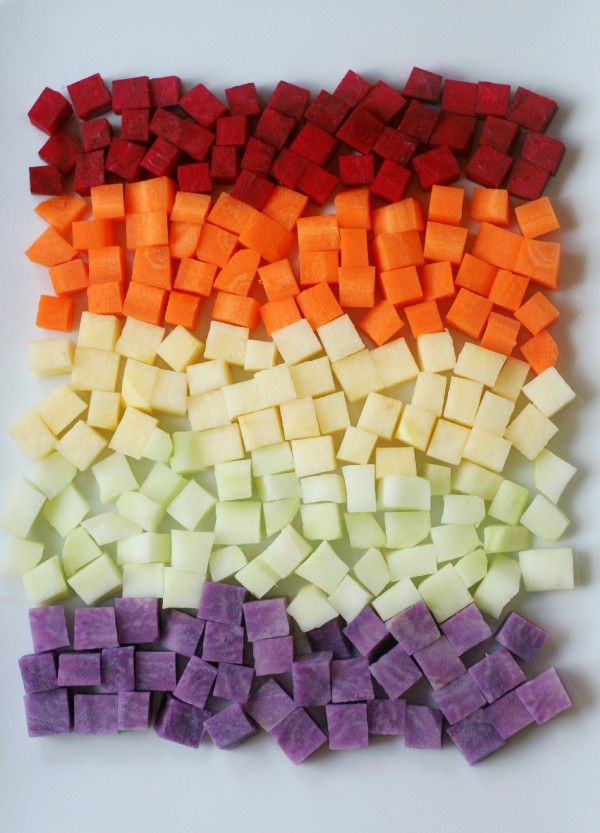 Patrick’s Day, but that part is of course optional.
Patrick’s Day, but that part is of course optional.
How to Store
These store really well if you let any leftovers cool and store in an airtight container or zip top freezer bags. You can store leftovers in an airtight container in the fridge for 3-5 days or in a freezer safe container or bag for up to 3 months. Warm in 15 second increments in the microwave to serve.
Tips for Making the Best Spinach Pancakes
- You can store a bag of baby spinach in the freezer to use in smoothies and pancakes. Freezing it maintains the nutrients but it knocks out any “green” flavor which is handy! It’s also nice that you don’t have to worry about it going bad before you can use it up.
- Be sure to blend the batter very smooth to get the greens very well processed.
- You can sub in whole wheat flour for the buckwheat, but you’ll want to reduce the milk by ¼ cup.
- If the bottoms start to brown too much before they are set, lower the heat to medium-low.
- Look for buckwheat in the natural flours section of your supermarket.
 It’s widely available and very nutritious.
It’s widely available and very nutritious. - If making for a baby who’s not yet consuming cow’s milk, you can use unsweetened nondairy milk.
- I prefer to use a nonstick skillet or griddle for this recipe, though cast iron works too.
- You may also like Spinach Banana Muffins, 2-Ingredient Pancakes, Banana Oatmeal Pancakes, and Yogurt Pancakes.
I’d love to hear what you think of this recipe so please comment below with feedback!
This post was first published March 2018.
Prep Time 5 minutes
Cook Time 15 minutes
Total Time 20 minutes
Author Amy Palanjian
Cuisine American
Course Breakfast
Calories 237kcal
Servings 4
- ▢ 2 small very ripe bananas (about 1 cup tightly packed sliced banans)
- ▢ 2 large eggs
- ▢ 1 cup buckwheat flour or whole wheat (See Notes at the bottom if using whole wheat)
- ▢ 1 cup milk
- ▢ 2 cups lightly packed baby spinach
- ▢ 1 tablespoon ground flaxseed
- ▢ 1 1/2 teaspoons baking powder
- ▢ 1 teaspoon cinnamon
- ▢ 1 teaspoon vanilla extract
- ▢ Coconut oil for cooking (or canola oil or butter)
Add all ingredients to a blender except the flour.
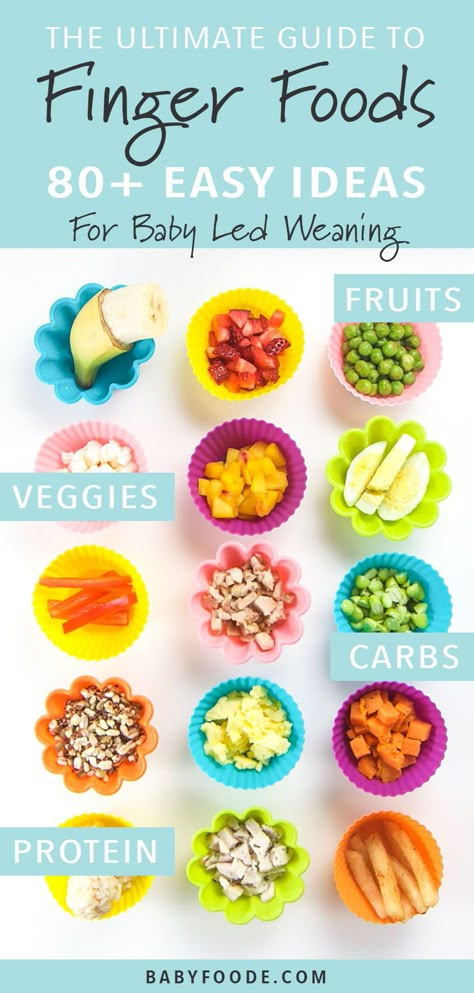
Blend on high until very well combined, about 20-30 seconds, or until you no longer see any noticeable flecks of spinach.
Stir or pulse in the flour and thoroughly combine without over-mixing.
Warm a nonstick or cast iron skillet or griddle over medium heat and coat with oil or butter. Pour small rounds of batter onto the hot surface—the batter should spread fairly thinly on its own—and let cook until bubbles form on the surface and the surface is mostly set, about 3-4 minutes.
Flip and cook for an additional 3 minutes, or until fully cooked.
Continue to prepare the rest of the batter, keeping the finished pancakes warm in a 275 degree oven if desired.
Serve warm with fruit, maple syrup, or another favorite dip.
Green Pan Non-Stick Pan
Vitamix Blender
Spatula
- To store, let cool fully and keep in an airtight container in the fridge for up to 3 days.
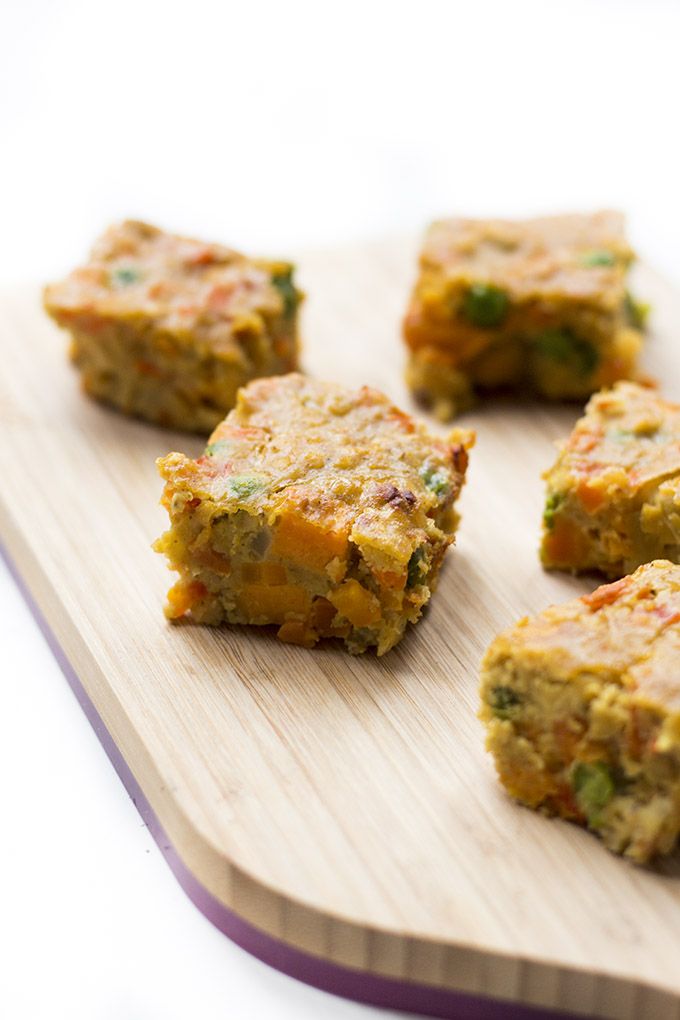 Warm slightly before serving. Or, store in a zip top freezer bag for up to 3 months and warm through to serve.
Warm slightly before serving. Or, store in a zip top freezer bag for up to 3 months and warm through to serve. - Whole-wheat flour: You can sub in whole wheat flour for the buckwheat. Just reduce the milk to ¾ cup.
- You can use baby kale in this recipe if you prefer.
- You can store a bag of baby spinach in the freezer to use in smoothies and pancakes. Freezing it maintains the nutrients but it knocks out any “green” flavor which is handy! It’s also nice that you don’t have to worry about it going bad before you can use it up.
- Be sure to blend the batter very smooth to get the greens very well processed.
- If the bottoms start to brown too much before they are set, lower the heat to medium-low.
- Look for buckwheat in the natural flours section of your supermarket. It’s widely available and very nutritious.
- If making for a baby who’s not yet consuming cow’s milk, you can use unsweetened nondairy milk.
- I prefer to use a nonstick skillet or griddle for this recipe, though cast iron works too.
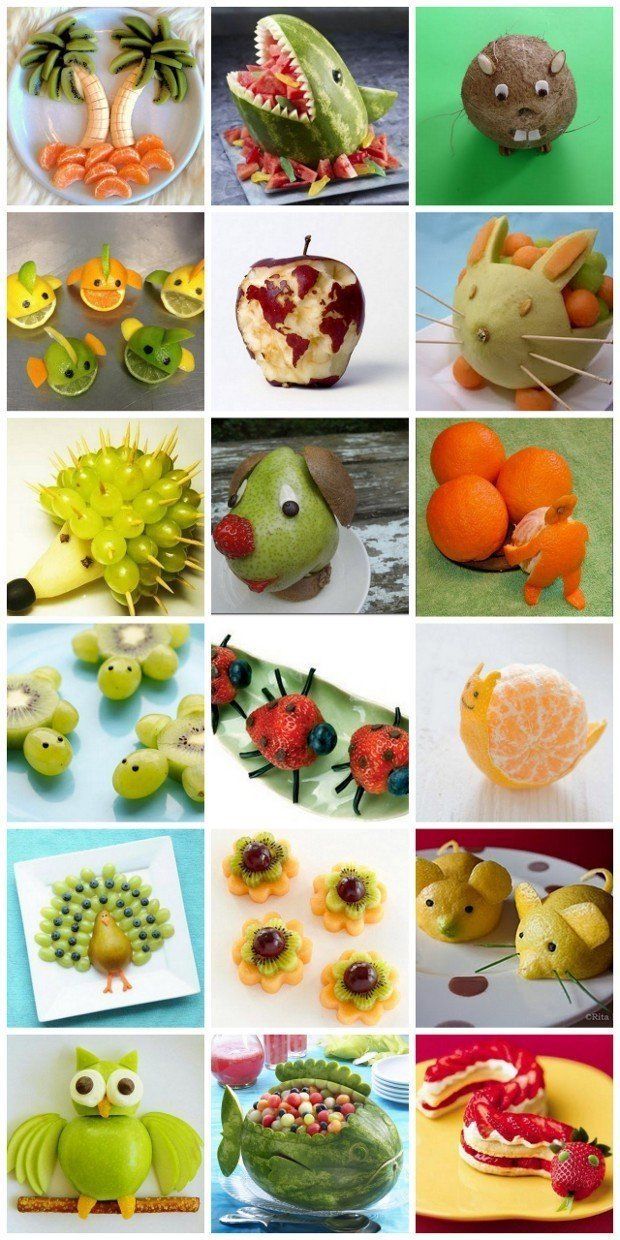
Calories: 237kcal, Carbohydrates: 40g, Protein: 9g, Fat: 6g, Saturated Fat: 2g, Polyunsaturated Fat: 1g, Monounsaturated Fat: 2g, Cholesterol: 104mg, Sodium: 206mg, Potassium: 577mg, Fiber: 6g, Sugar: 11g, Vitamin A: 1674IU, Vitamin C: 9mg, Calcium: 208mg, Iron: 2mg
Tried this recipe?Rate in the comments and tag @yummytoddlerfood on IG!
Children's vegetable dishes
Cooking for children: seven delicious vegetable dishes
Vegetables should be in the child's diet every day. But what if he strikes and stubbornly rejects these products? We offer to cook vegetable dishes for children, which even the most picky will not refuse.
Golden squash
Squash is one of the most popular vegetables, especially in baby food. It is great for making purees and soups. However, sometimes you can cook something more interesting, such as a casserole. Grate 2 zucchini and squeeze out the liquid. Mix them with grated carrots, 3 eggs and 150 g of sour cream.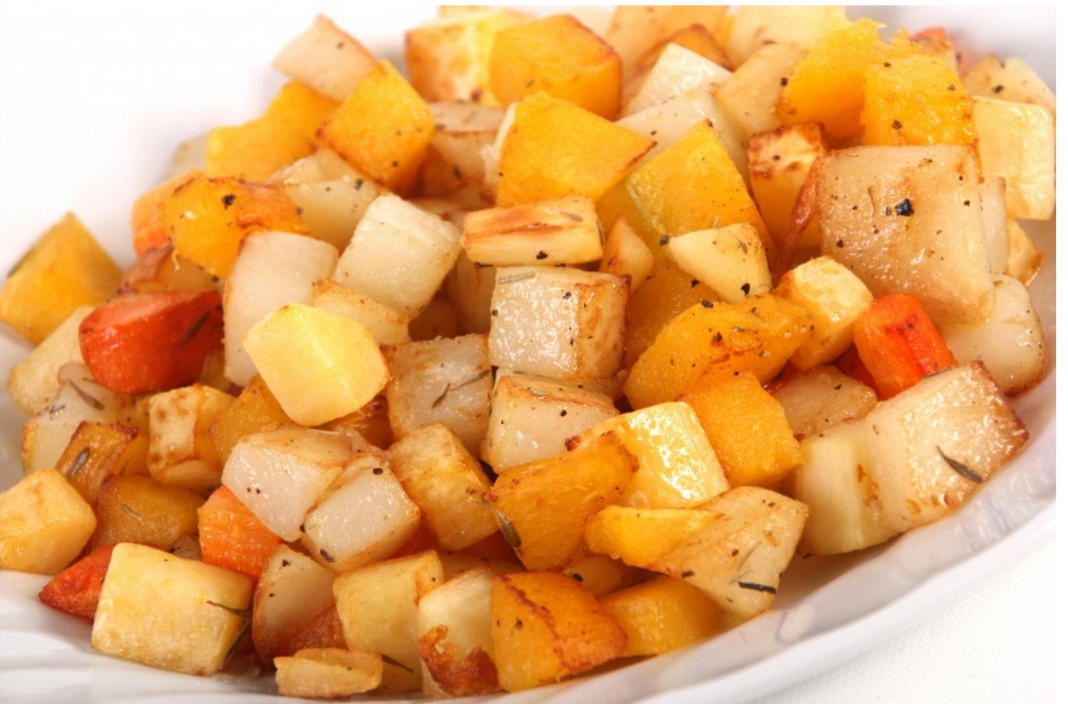 Gradually introduce 7-8 tbsp. l. flour, stirring the base with a whisk. You can lightly beat it with a mixer - so the casserole will turn out more airy. Pour the dough into a greased form and put in an oven preheated to 200 ° C for 45–50 minutes. This children's zucchini dish can be given to babies from 2 years old. For older children, grated cheese can be added to the dough.
Gradually introduce 7-8 tbsp. l. flour, stirring the base with a whisk. You can lightly beat it with a mixer - so the casserole will turn out more airy. Pour the dough into a greased form and put in an oven preheated to 200 ° C for 45–50 minutes. This children's zucchini dish can be given to babies from 2 years old. For older children, grated cheese can be added to the dough.
Cabbage instead of meat
White cabbage also deserves a place in the children's diet. And so that the kids make friends with her faster, make vegetable cutlets. Scald with boiling water 500 g of cabbage leaves and pass through a meat grinder. We spread the minced cabbage in a pan with 10 g of butter and 3 tbsp. l. milk. We pour out 3 tbsp. l. semolina and simmer the mixture for 10 minutes. When the semolina swells, remove the pan from the heat. We combine the cabbage base with 1 egg and 2 tbsp. l. flour, beat into a homogeneous mass and form cutlets. Roll each in flour and bake for 20 minutes at a temperature of 180 ° C.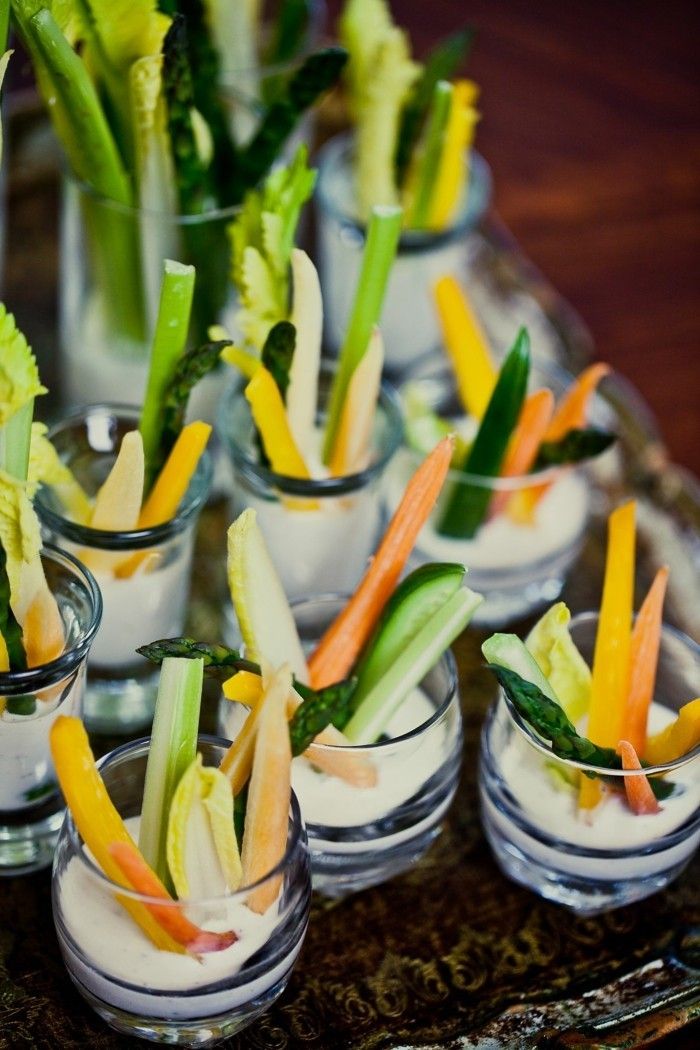 With sour cream, this baby cabbage dish will disappear in half the time.
With sour cream, this baby cabbage dish will disappear in half the time.
Vitamin Pizza
Children's cauliflower dishes are often not very popular with babies. But not vegetable pizza. Grind 400 g of raw cabbage in a blender and put it in the oven for 5 minutes at a temperature of 180 ° C. Then cool it, drive in 1 egg, 2 tbsp. l. olive oil, 100 g grated cheese and a pinch of salt. From the resulting dough, roll out 2-3 cakes with a thickness of 5-7 mm and bake in the oven for 20 minutes at a temperature of 180 ° C. Lightly coat them with tomato paste and lay out any vegetables and toppings that your children like best. Put the pizzas back in the oven for 5-7 minutes. Kids love pizza, and this variation will surely intrigue them.
Variegated pudding
Vegetable broccoli pudding is another interesting cabbage variation. We disassemble 100 g of cabbage into inflorescences. Grate the same amount of carrots and potatoes. Cut into cubes 1 yellow bell pepper, 150 g of ham.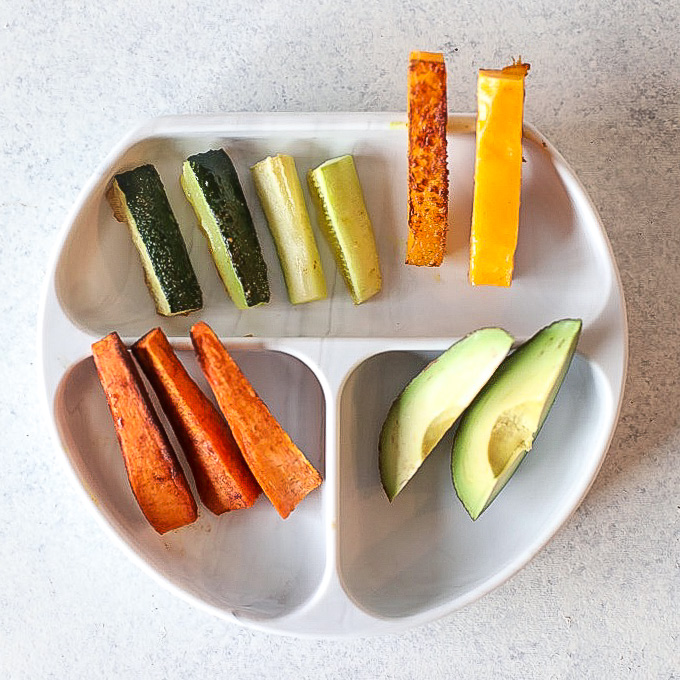 Pour boiling water over 30 g of oatmeal for 15 minutes. We combine them with broccoli, chopped vegetables and ham and lightly add. Lubricate the baking dish with oil, sprinkle with ground breadcrumbs and lay out the vegetable base. First, bake the pudding in the oven for 20 minutes at 180 °C. Then fill it with a mixture of 50 ml of milk, chicken eggs and 1 tsp. vegetable oil and return to the oven for 10 minutes. By the way, cabbage pudding can be put in a lunchbox for children, sending it to school.
Pour boiling water over 30 g of oatmeal for 15 minutes. We combine them with broccoli, chopped vegetables and ham and lightly add. Lubricate the baking dish with oil, sprinkle with ground breadcrumbs and lay out the vegetable base. First, bake the pudding in the oven for 20 minutes at 180 °C. Then fill it with a mixture of 50 ml of milk, chicken eggs and 1 tsp. vegetable oil and return to the oven for 10 minutes. By the way, cabbage pudding can be put in a lunchbox for children, sending it to school.
Surprise Potato
Many children's potato dishes are loved by little ones. So that they do not become boring, sometimes you can surprise them with something unusual. For example, potato roll. Boil 400 g of peeled potatoes and 2 hard boiled eggs. Fry the chopped onion until translucent. Puree the potatoes with a blender, add 2 tsp. butter and a pinch of salt. We make a filling from eggs: finely chop and mix with bright vegetables, such as red pepper, green onions, cabbage, also finely chopped.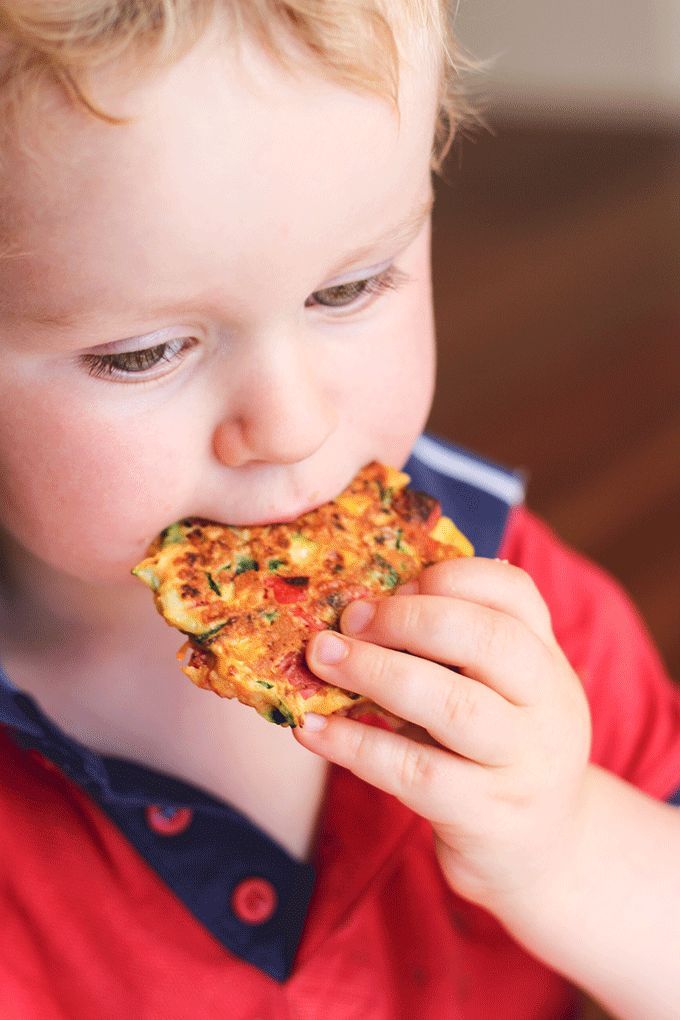 We spread the puree on baking paper with a layer 4-5 mm thick, tamp the egg-onion filling on top and roll up the roll. We transfer it to a greased baking sheet, sprinkle with breadcrumbs and put it in the oven for 30 minutes at a temperature of 180 ° C. Even the pickiest little gourmets will appreciate this dish.
We spread the puree on baking paper with a layer 4-5 mm thick, tamp the egg-onion filling on top and roll up the roll. We transfer it to a greased baking sheet, sprinkle with breadcrumbs and put it in the oven for 30 minutes at a temperature of 180 ° C. Even the pickiest little gourmets will appreciate this dish.
Sunny soup
When you want to diversify your child's menu, think about children's pumpkin dishes. Delicate pumpkin cream soup is exactly what the body needs in the fall. Cut into cubes 250 g of pumpkin pulp and 100 g of carrots. Pour the vegetables into boiling water and cook for 20-25 minutes until they soften. Cool them and beat with a blender into a homogeneous puree. You can add here 2-3 chopped sprigs of dill or parsley. Pour 125 ml of warmed milk into the vegetable mixture and cook over low heat for 5 minutes. If the consistency seems too thick, add a little vegetable broth. Such a bright soup with a seductive aroma is sure to please children.
Tricky cake
Far from all children like carrots, which cannot be said about cupcakes. So why not combine them into a single whole? Beat 2 eggs with ½ cup sugar until smooth and light. Alternately add 100 g of softened butter, 2 grated carrots, 1 cup flour, 1 tsp. baking powder and knead the dough. If your kids don't mind raisins, you can add that too. Grease muffin tins with butter and fill ¾ full with batter. Bake cupcakes for 30 minutes at 200°C. For a crispy crust, you can lightly sprinkle the tops with sugar. The kid will never guess what cupcakes are made of, and will eat them with pleasure.
So why not combine them into a single whole? Beat 2 eggs with ½ cup sugar until smooth and light. Alternately add 100 g of softened butter, 2 grated carrots, 1 cup flour, 1 tsp. baking powder and knead the dough. If your kids don't mind raisins, you can add that too. Grease muffin tins with butter and fill ¾ full with batter. Bake cupcakes for 30 minutes at 200°C. For a crispy crust, you can lightly sprinkle the tops with sugar. The kid will never guess what cupcakes are made of, and will eat them with pleasure.
We hope that little gourmets will like these children's vegetable dishes and add to your collection of favorite recipes. Bon appetit and good health to your kids!
12 vegetable dishes for children / Tasty and healthy - an article from the "What to feed" section on Food.ru
Cooking vegetables for children according to the rules
Vegetables for children can not only be boiled and steamed, but also baked, stewed , cook in a sleeve and foil, on a grill and skewers over an open fire.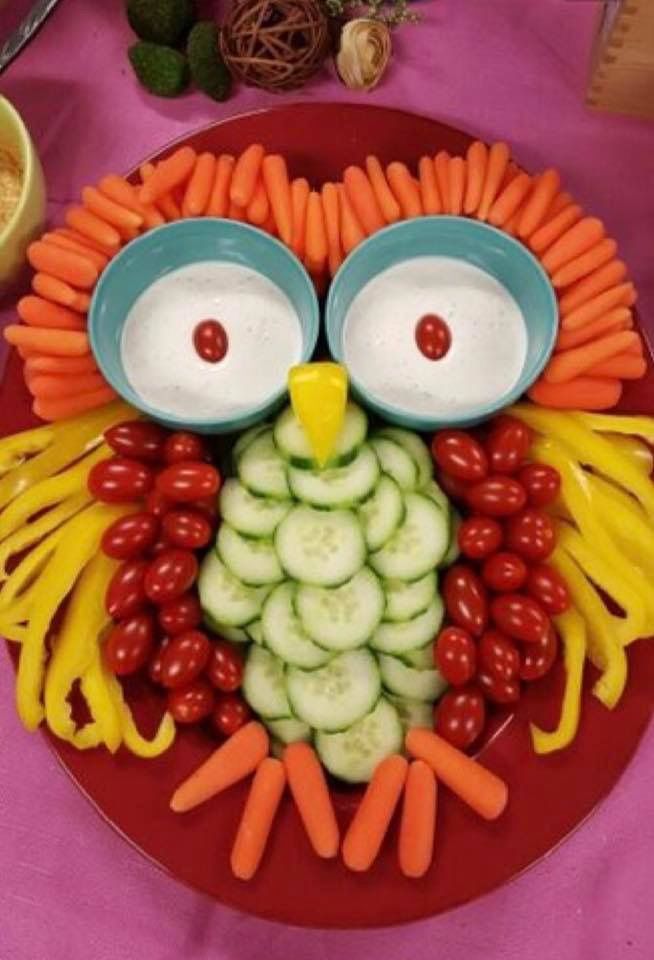 The more options you try, the more you expand your child's food horizons, you can find recipes that add many different vegetables to the diet.
The more options you try, the more you expand your child's food horizons, you can find recipes that add many different vegetables to the diet.
Before moving on to recipes, you need to remember 3 simple rules for preparing vegetables for children:
-
Experiment with the types of processing. A child who does not accept carrots in soup, if they are boiled and cubed, can eat them with pleasure in the form of straws. Cauliflower can be squeamish when boiled, but is great eaten mashed or baked with cheese in the oven.
-
Mix and stir. Use the same principle as during the introduction of the first complementary foods, when a couple of tablespoons of pumpkin or carrot were slowly added to your favorite applesauce. This also works with older children.
-
Use the pastry as bait. Baking is not only buns, but also yeast pie with cabbage, carrot cake and much more.
12 vegetable dishes for children
1. Vegetable stew
What is good about stew, besides being quick and easy to prepare? You can experiment with it by adding new vegetables. Today - potatoes and cabbage, tomorrow instead of cabbage there may be a pumpkin, and the day after tomorrow - parsnips.
Today - potatoes and cabbage, tomorrow instead of cabbage there may be a pumpkin, and the day after tomorrow - parsnips.
There are picky eaters who will fish for pieces of unfamiliar food, but in most cases, children love stews and are ready to try new ingredients again and again.
2. Carrot cake
Generally, children love carrots. It is sweet, crunchy, and also available in a mini format. If you're unlucky and your child flatly refuses to even try an orange root vegetable, don't tell him what the pie is. Be calm - the children will not even guess about the presence of carrots, unless they were present at the time of preparation. And then, when the child requires supplements and eats the third piece, you can ask what this miracle pie is made of. The answer will surprise everyone. That's the love of carrots.
3. Pumpkin casserole
Making friends with sweet vegetables is not a problem. They are almost like fruits. Porridges with pumpkin and pumpkin puree appear in the baby's diet at 6-7 months, this sweet taste is familiar to him.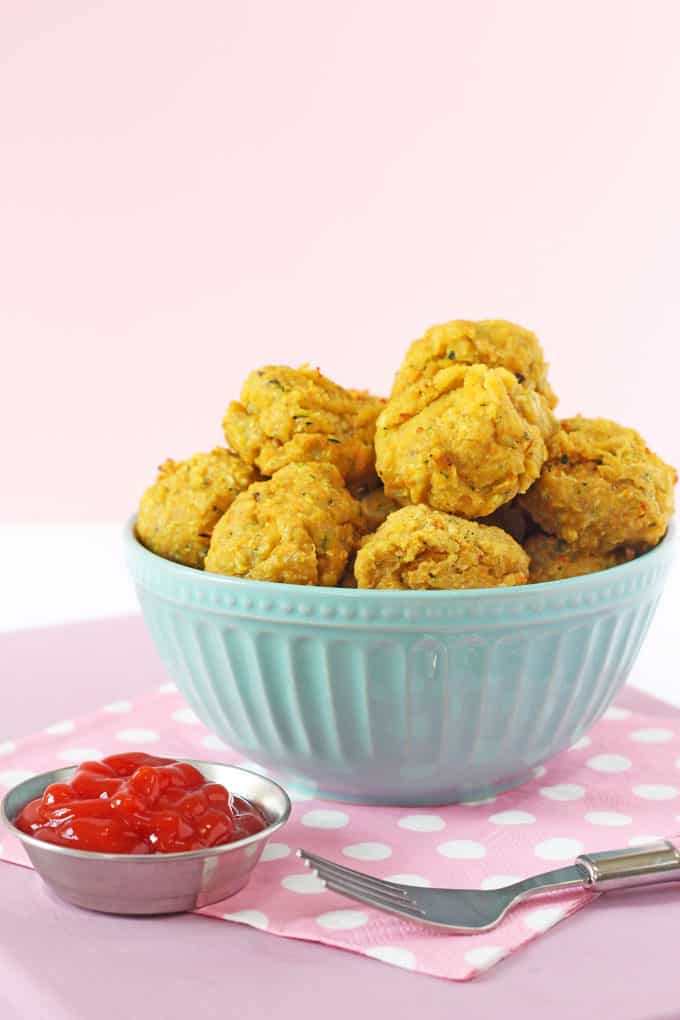 So pumpkin casserole or pumpkin with cottage cheese and dried fruits can be a great solution for an afternoon snack or breakfast if you made it the day before.
So pumpkin casserole or pumpkin with cottage cheese and dried fruits can be a great solution for an afternoon snack or breakfast if you made it the day before.
4. Pie with vegetables
Children are ready to eat shortcrust pastry even raw. What’s more, it’s so appetizing. And shortcrust pastry pies are a fairy tale. Even if the main “enemies” of children lurk inside - spinach and broccoli. Such a pie, served for dinner, will be eaten with lightning speed. And next time you can add other vegetables to it. Just don't forget a lot of cheese - for disguise.
5. Vegetable soup
Boiled vegetables, let's be honest, are not very attractive in appearance. And catching carrots from chicken broth is much more interesting than eating them. Whether business minestrone. This rich soup, which can be prepared from any vegetable, takes you to the coast of Italy. So both a schoolboy and a teenager can be sold as "the one from the pizzeria." In addition, minestrone is bright due to the addition of tomato paste, fragrant due to herbs, and sourness whets the appetite.
6. Secret mashed potatoes
Children are ready to eat mashed potatoes for breakfast, lunch and dinner. But parents, of course, want their child to eat not only potatoes, but also other healthy vegetables. Well, you can cheat. Potato goes well with mashed cauliflower, celery or parsnips. The child will ask to cook only in this way - the dish turns out to be painfully tender.
7. Vegetable waffles
Waffles will save the world, at least in a single family for sure. Bright, juicy, orange and red, they just ask for your mouth. And since beets and carrots have a natural sweetness, the dish will be included in the permanent menu for a long time.
8. Stewed vegetables
Fried vegetables is not exactly a children's story. But for honeycomb, you can make an exception. Children love the crispy crust, and the vegetables, which are first lightly fried and then stewed in tomato sauce for a long time, are tasty and soft.
9. Baked sweet potato
This overseas vegetable is rarely on our table. But in vain. There are much more benefits in it than in ordinary potatoes, and in taste it completely surpasses the usual root crop. And most importantly - cooking takes a little time.
But in vain. There are much more benefits in it than in ordinary potatoes, and in taste it completely surpasses the usual root crop. And most importantly - cooking takes a little time.
10. Pie with cabbage
Bake an endless number of pies with cabbage and carrots for a long time. And not every parent is ready to do such a feat for the sake of accustoming children to vegetables. But to cook a jellied cauliflower pie is literally forty minutes, or even less. Children are happy to try it and require supplements.
11. Cutlets with vegetables
Zucchini is just a seemingly simple vegetable, there are more than enough vitamins and useful microelements in it. The taste is neutral, so it is easy not to notice it in the dish. This is often a plus. Potato meatballs - the same mashed potatoes, only fried and with a golden crust. Children, as a rule, love them, and you can keep silent about the fact that you added zucchini there.
12. Stewed cabbage
The most difficult thing is, perhaps, shredding the cabbage.